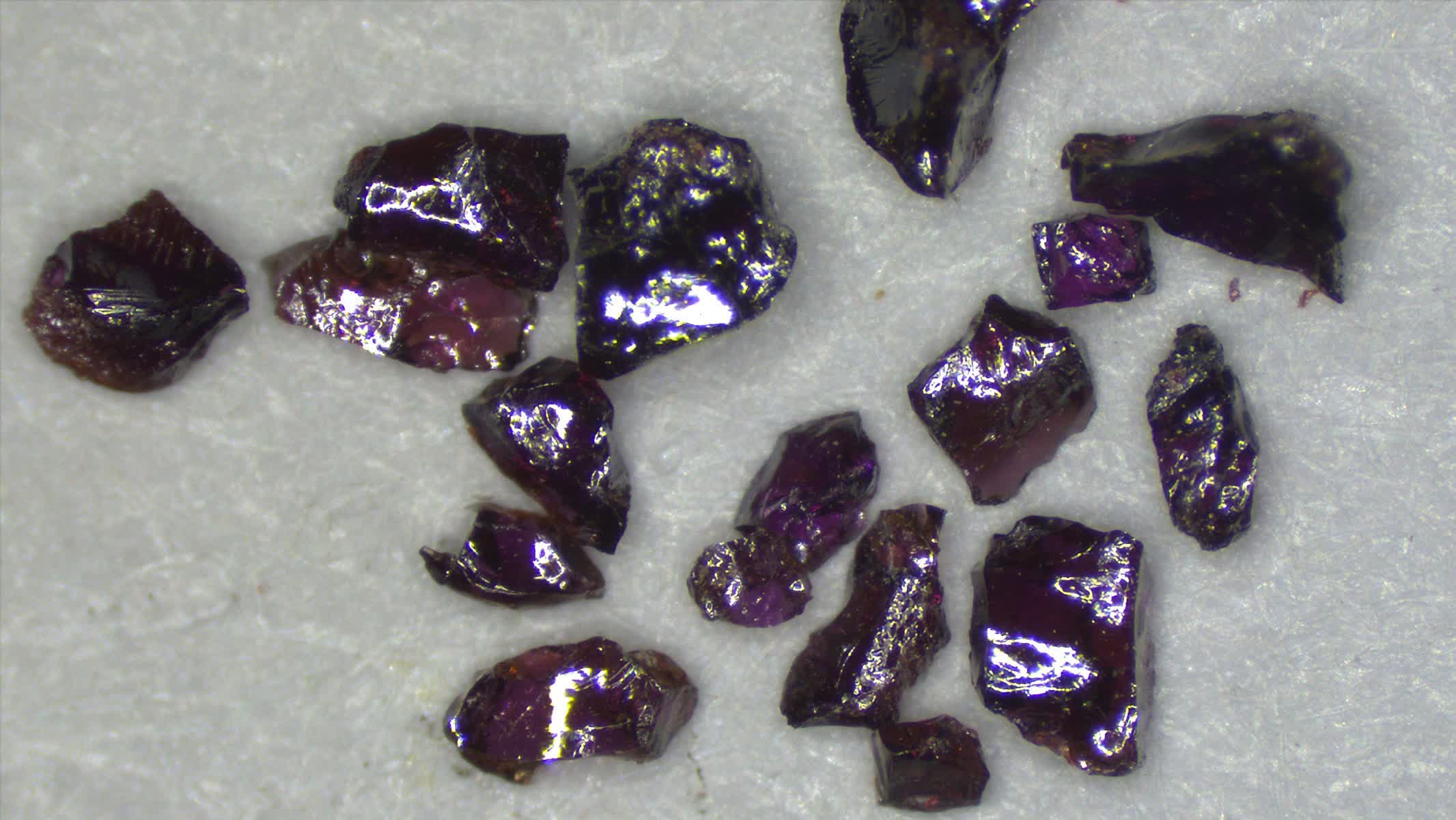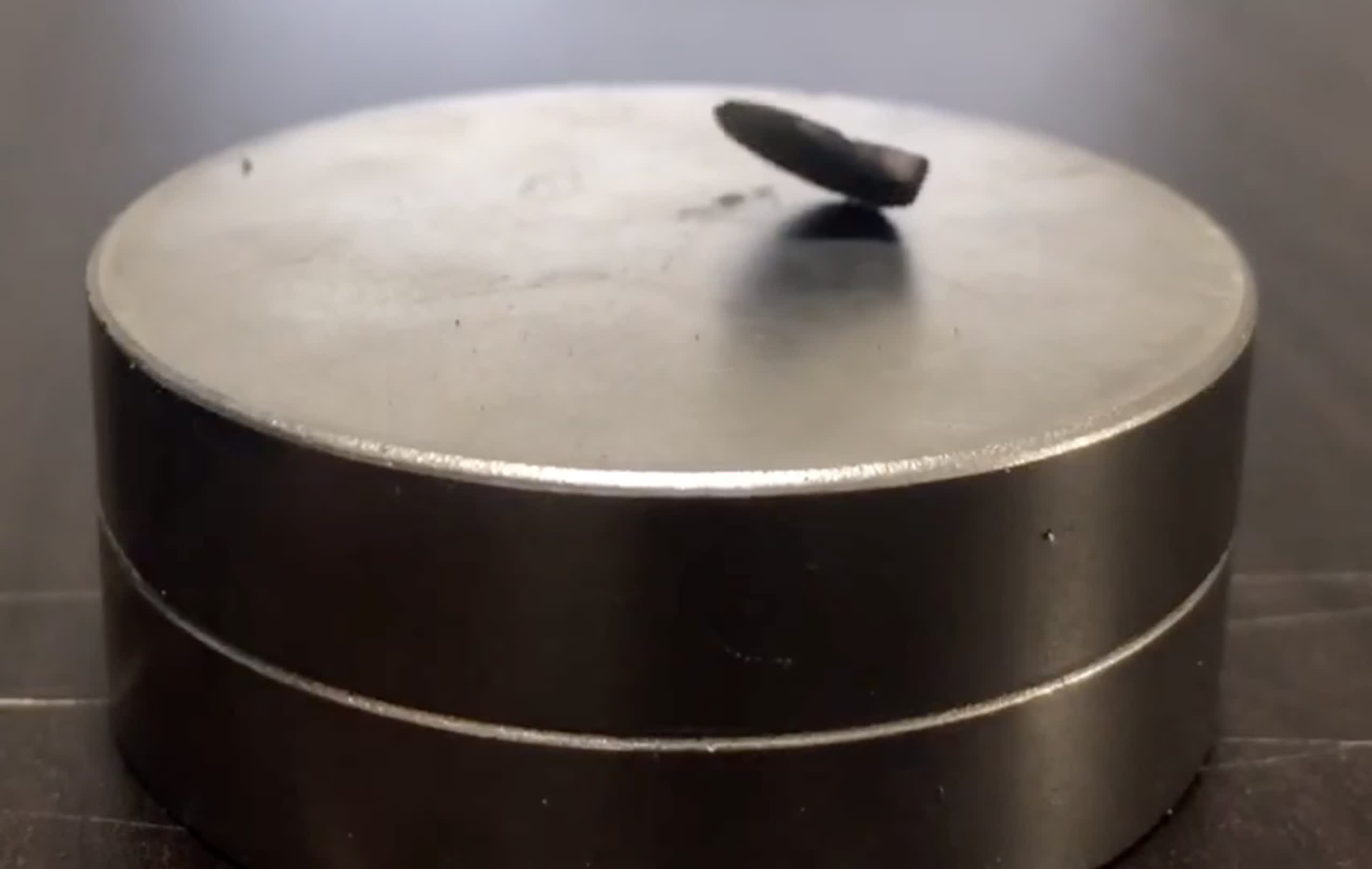First, some history: In 1911, Dutch physicist Heike Kamerlingh Onnes discovered the resistance of mercury drops to zero when cooled to 4.2 kelvin (-269°C). The discovery marks the first time science proved that materials can have superconductive properties. Researchers later discovered several other metals and alloys to be superconductive at extremely low temperatures.

Then in 1986, scientists discovered a class of copper oxide that displayed the same drop in resistance but at a higher temperature – about 77.2 K (-196°C). These materials became known as "high-temperature" superconductors, although they still had to be chilled way below freezing. This discovery sparked a race to find superconductors that could work at even warmer levels, including room temperature.
Finally, last month, scientists from the Quantum Energy Research Centre in Seoul, South Korea, released a preprint study claiming that a substance called "LK-99" displayed superconductive properties even at temperatures as high as 400 K (127°C). The material, named after lead researchers Sukbae Lee and Ji-Hoon Kim (Lee/Kim-99), was extraordinary considering the leap from temperatures below freezing to well above water's boiling point.
The study was so outstanding that scientists were anxious to peer-review it. Nature notes that researchers worldwide began studying pure LK-99, a purple crystal compound (above) comprised of copper, lead, phosphorus, and oxygen (Pb8.8Cu1.2P6O25). They found relatively quickly, as science goes (less than a month) that pure LK-99 is not a superconductor. It is essentially the opposite.

On August 14, scientists at the Max Planck Institute for Solid State Research in Stuttgart, Germany, reported that rather than LK-99's resistance dipping to 0.02 to 0.002 ohm-cm, as Lee and Kim claimed, it had resistance measuring in the millions of ohms. In other words, it was a perfect insulator.
However, this only raised the question of how Lee and Kim demonstrated LK-99's superconductive properties. They had shown the material exhibited the Meissner effect levitating above a magnet – an earmark of superconductive materials. There was also that remarkable dip to near-zero resistance.
Fortunately, the half-levitation shown in the study's video raised red flags with other peer researchers. Noticing how one edge of the LK-99 pellet stuck to the magnet, a former condensed-matter researcher at Harvard University, Derrick van Gennep, began questioning whether the effect shown resulted from ferromagnetism.
When cooled sufficiently, superconductors will not only levitate above a magnet, but they will also spin in near-frictionless space. If you turn the magnet upside down, the material maintains its hovering distance from the surface. As it starts to warm up, the effect gradually dissipates.
Video from the preprint study. Credit: Hyun-Tak Kim
So Gennep made a pellet from compressed graphite with iron filings glued to it to see if he could achieve the same effect through ferromagnetism. His hypothesis was confirmed when he discovered his homemade material displayed the same behaviors as the LK-99 in the video.
A Peking University team further confirmed Gennep's findings with LK-99 samples they produced in the lab.
"It's exactly like an iron-filing experiment," said Yuan Li, a condensed-matter physicist at Peking University. "The pellet experiences a lifting force, but it's not enough to levitate – only enough to balance on one end."
As it turns out, Lee and Kim were not working with pure LK-99. Samples provided by the study showed traces of sulfur. Prashant Jain, a chemist at the University of Illinois, noted that the chemical reaction that Lee and Kim used to synthesize LK-99 creates a copper-sulfide impurity.
"The reaction that synthesizes LK-99 uses an unbalanced recipe: for every 1 part it makes of copper-doped lead phosphate crystal – pure LK-99 – it produces 17 parts copper and 5 parts sulfur," Jain noted. "These leftovers lead to numerous impurities – especially copper sulfide, which the Korean team reported in its sample."
Demonstration of the Meissner effect. Note how the superconductor maintains it orientation.
This copper-sulfide impurity is enough to create the ferromagnetic reaction seen in the video. However, something else struck Jain about the temperature that Lee and Kim mentioned during the substance's drop in resistance.
"They were very precise about it. 104.8ºC," Jain explained. "I was like, wait a minute, I know this temperature."
As an expert chemist, Jain recalled that copper sulfide (Cu2S) undergoes a phase transition at 104ºC. Below that temperature, the resistivity of air-exposed Cu2S dives. The near-identical correlation to LK-99's phase transition was not to be ignored.
"I was almost in disbelief that they missed it," Jain stated in his preprint study.
A subsequent analysis by the Chinese Academy of Sciences in Beijing confirmed that synthesized LK-99 could range from five to 70 percent Cu2S depending on the chemical process. They found that in samples of the lower range, LK-99's resistance gradually increases as it cools. However, with higher concentrations of Cu2S, the study showed resistance plunging at about 112 ºC, which closely correlates with the Koreans' findings.
A one-to-one correlation was not made, but it was also not necessary. The Chinese team explained that LK-99 is very "finicky," and different batches produce varying results.
"Even from our own growth, different batches will be slightly different," says Li, adding that samples close enough to the original are sufficient for checking whether LK-99 is a superconductor in ambient conditions.
The rest of the scientific community concurs – LK-99 most definitely is not a superconductor. Michael Fuhrer, a physicist at Monash University in Australia, succinctly summed up the impurity findings.
"That was the moment where I said, 'Well, obviously, that's what made them think this was a superconductor,'" he told Nature. "The nail in the coffin was this copper sulfide thing."
https://www.techspot.com/news/99830-worldwide-scientific-collaboration-finds-lk-99-not-room.html